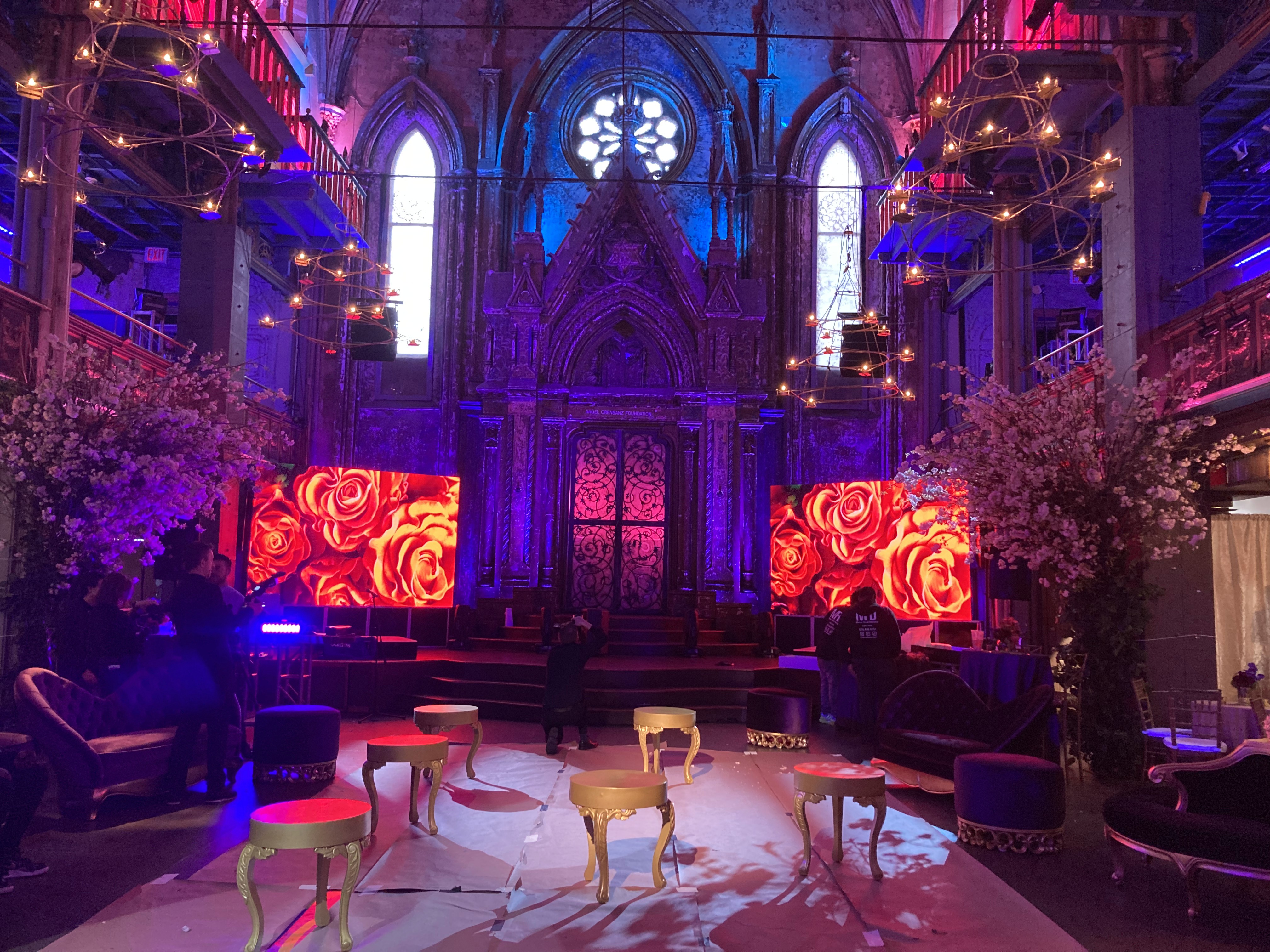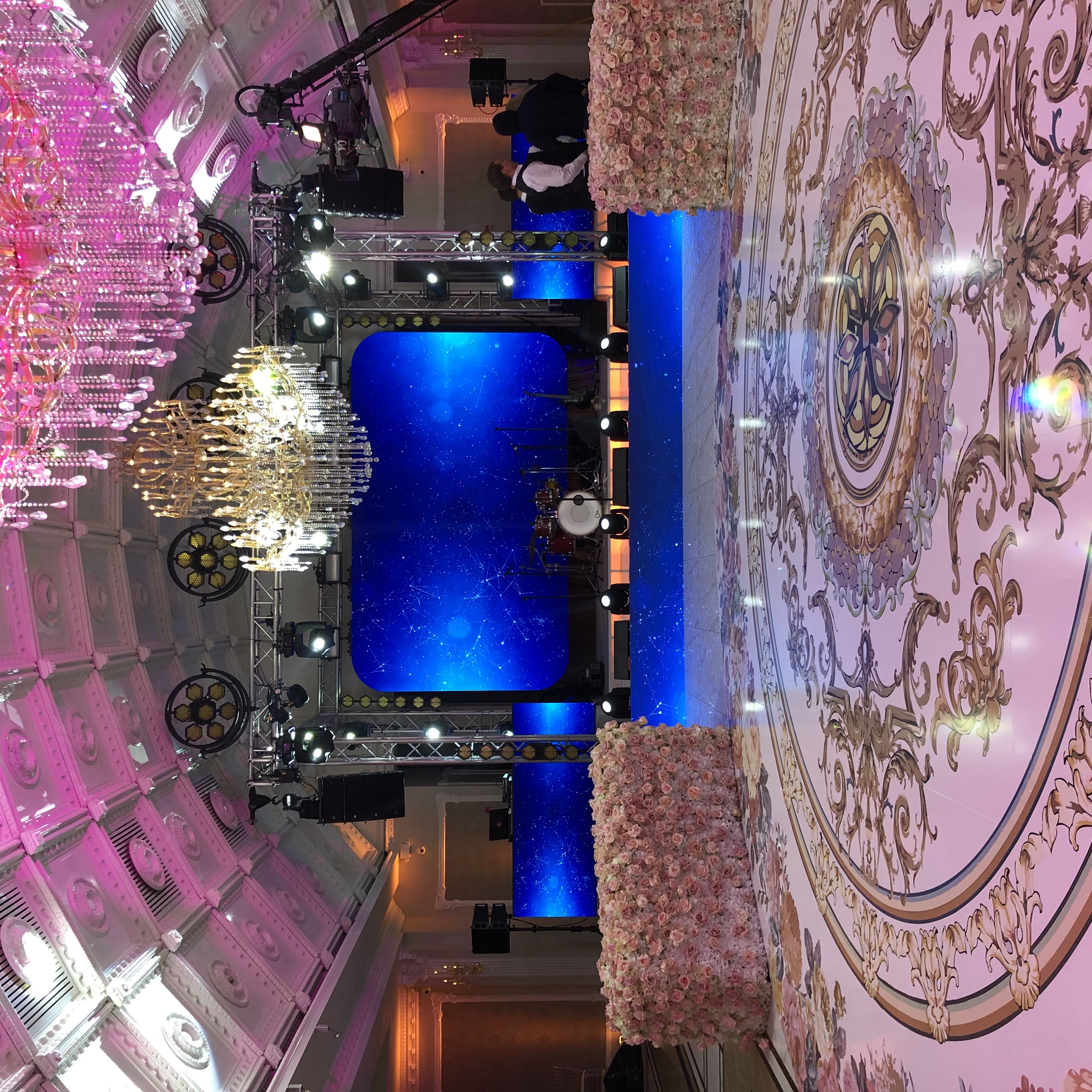Frequently Asked Questions
In 2025, LED video wall manufacturing has seen the integration of cutting-edge materials such as quantum dot technology and microLED components to enhance brightness and color accuracy significantly. The use of advanced phosphor coatings allows for a wider color gamut, achieving exceptional saturation and vibrancy that surpasses traditional RGB configurations. Additionally, innovations in OLED substrates provide improved contrast ratios while minimizing blooming effects, thus ensuring deeper blacks alongside brighter whites. Furthermore, novel heat dissipation materials are employed to maintain optimal thermal management during extended usage periods, thereby preserving performance consistency over time. Enhanced encapsulation techniques also contribute to increased durability against environmental factors such as humidity and temperature fluctuations, solidifying reliability in diverse settings from outdoor displays to immersive indoor environments. These advancements collectively push the boundaries of visual experience by delivering unparalleled clarity and lifelike imagery on large-scale screens.
Advancements in pixel pitch technology significantly enhance the viewing experience for large-scale LED installations by enabling higher resolution imagery and improved visual clarity. As pixel pitch—the distance between individual pixels—continues to decrease, larger screens can maintain exceptional image quality even at closer viewing distances, resulting in a more immersive environment for audiences. This reduction not only facilitates finer detail reproduction but also enhances color accuracy and contrast levels through superior light management and advanced calibration techniques. Furthermore, innovations such as HDR (High Dynamic Range) support allow for greater dynamic range of luminance while minimizing issues like moiré patterns or visible grid lines that detract from seamless visuals. Consequently, these technological improvements contribute to enhanced viewer engagement across diverse applications ranging from outdoor advertising displays to indoor event venues, ultimately transforming how content is consumed on massive digital canvases.
By 2025, artificial intelligence is expected to play a pivotal role in enhancing the optimization of content display on LED video walls through advanced data analytics and real-time adaptive algorithms. AI will leverage machine learning techniques to analyze audience behavior patterns, enabling dynamic content curation that aligns with viewer preferences and engagement metrics. This technology will facilitate seamless integration of contextual advertising, interactive displays, and immersive experiences by utilizing image recognition capabilities to tailor visual elements based on demographic insights. Furthermore, predictive modeling driven by neural networks will ensure optimal brightness levels and color accuracy tailored for varying ambient light conditions while minimizing energy consumption. Overall, the synergy between AI-driven systems and LED technology promises unprecedented improvements in user interaction rates and overall effectiveness of digital signage solutions across various industries such as retail environments, transportation hubs, entertainment venues, and corporate spaces.
Energy efficiency in LED video wall technology is advancing significantly due to innovations such as dynamic brightness control, advanced thermal management systems, and the integration of smart sensors. Modern LED displays utilize energy-saving features like pixel-level dimming and adaptive refresh rates that optimize power consumption based on content requirements. Furthermore, cutting-edge materials like micro-LEDs are emerging, offering improved luminous efficacy while reducing overall energy usage. The deployment of AI-driven analytics also allows for real-time monitoring and optimization of energy performance across large-scale installations. These advancements not only enhance visual impact through superior color accuracy and contrast ratios but also contribute to sustainability goals by minimizing carbon footprints associated with high-demand digital signage applications. As manufacturers focus on eco-friendly production processes alongside these technological improvements, the future landscape of LED video walls appears increasingly aligned with global energy conservation efforts.
Anticipated developments in modular design for LED video walls focus on enhancing maintainability and upgrade efficiency through innovations such as tool-less assembly, lightweight components, and standardized interface systems. The introduction of snap-on connectors is expected to streamline the installation process while allowing quick access to individual panels for servicing or replacement without disrupting the entire array. Furthermore, advancements in smart diagnostic technology integrated into each module will facilitate real-time performance monitoring and predictive maintenance alerts, minimizing downtime. Additionally, a shift towards more flexible pixel pitch configurations enables scalability across various applications—from large-scale outdoor displays to high-resolution indoor environments—ensuring that upgrades can be implemented seamlessly over time as technological standards evolve. These improvements collectively aim to optimize operational longevity while reducing labor costs associated with traditional rigid setups.

